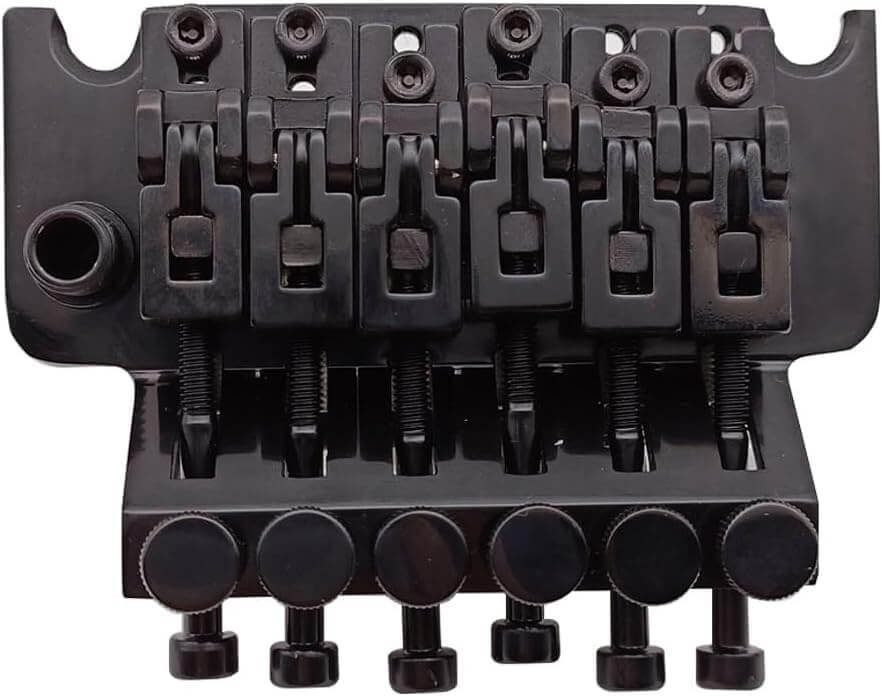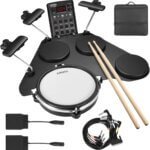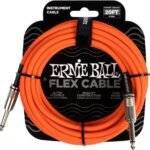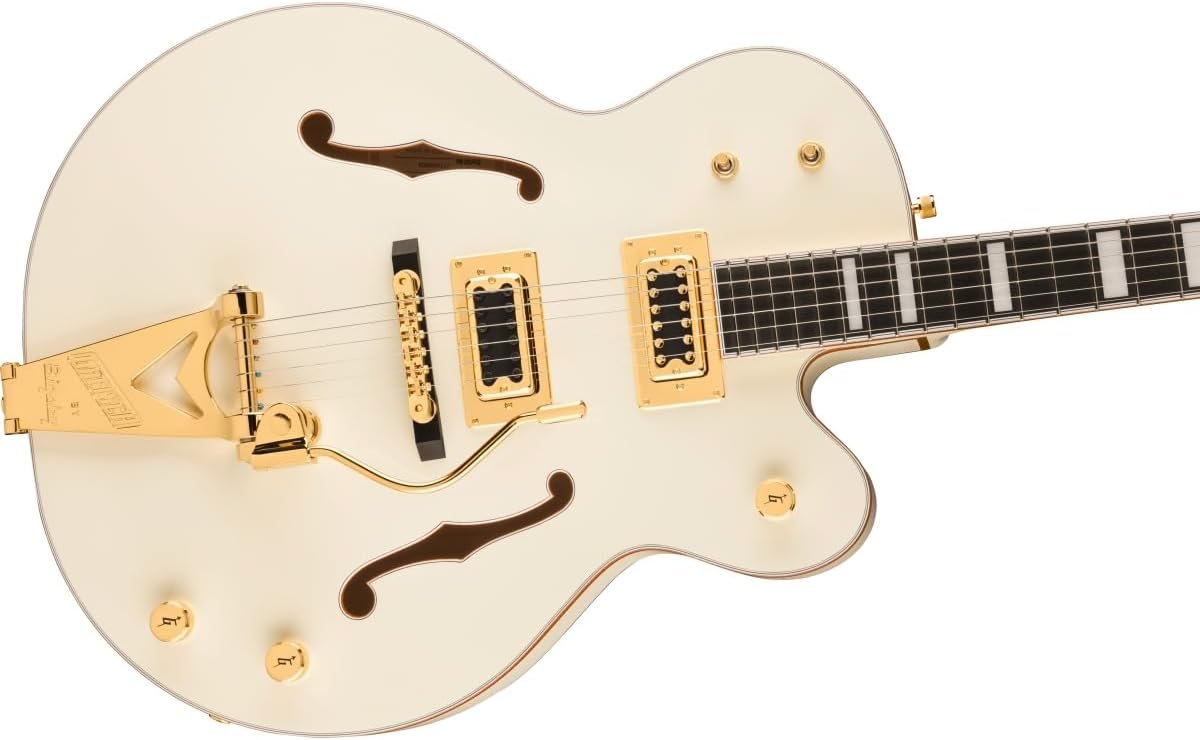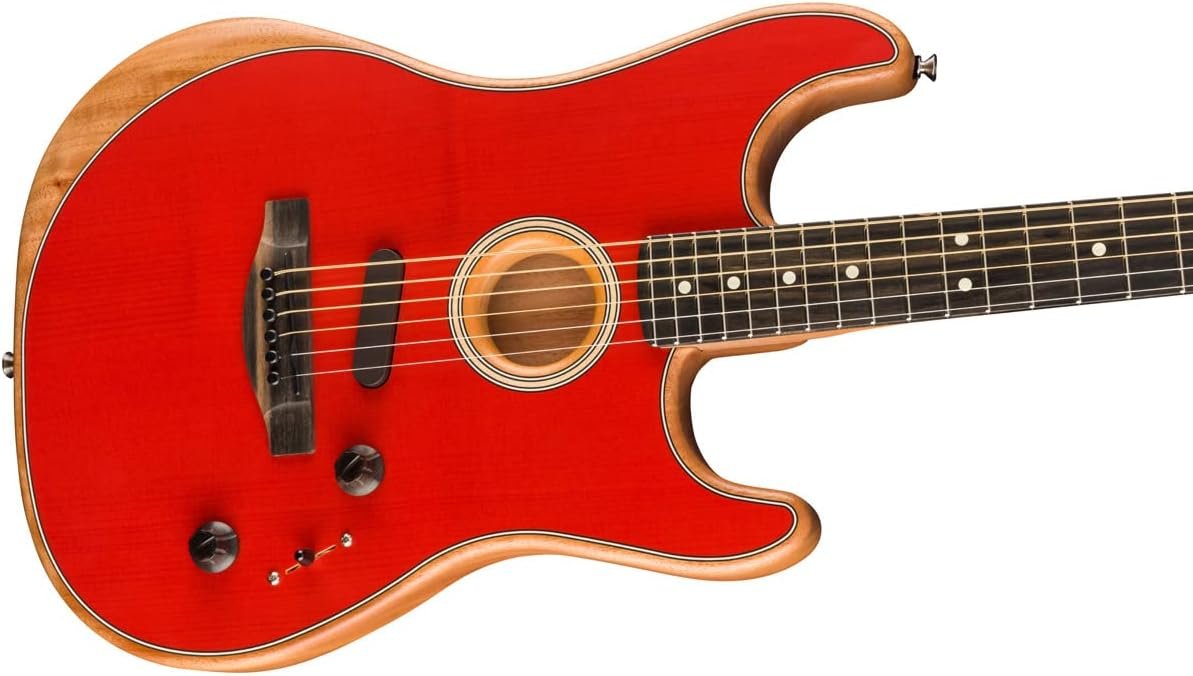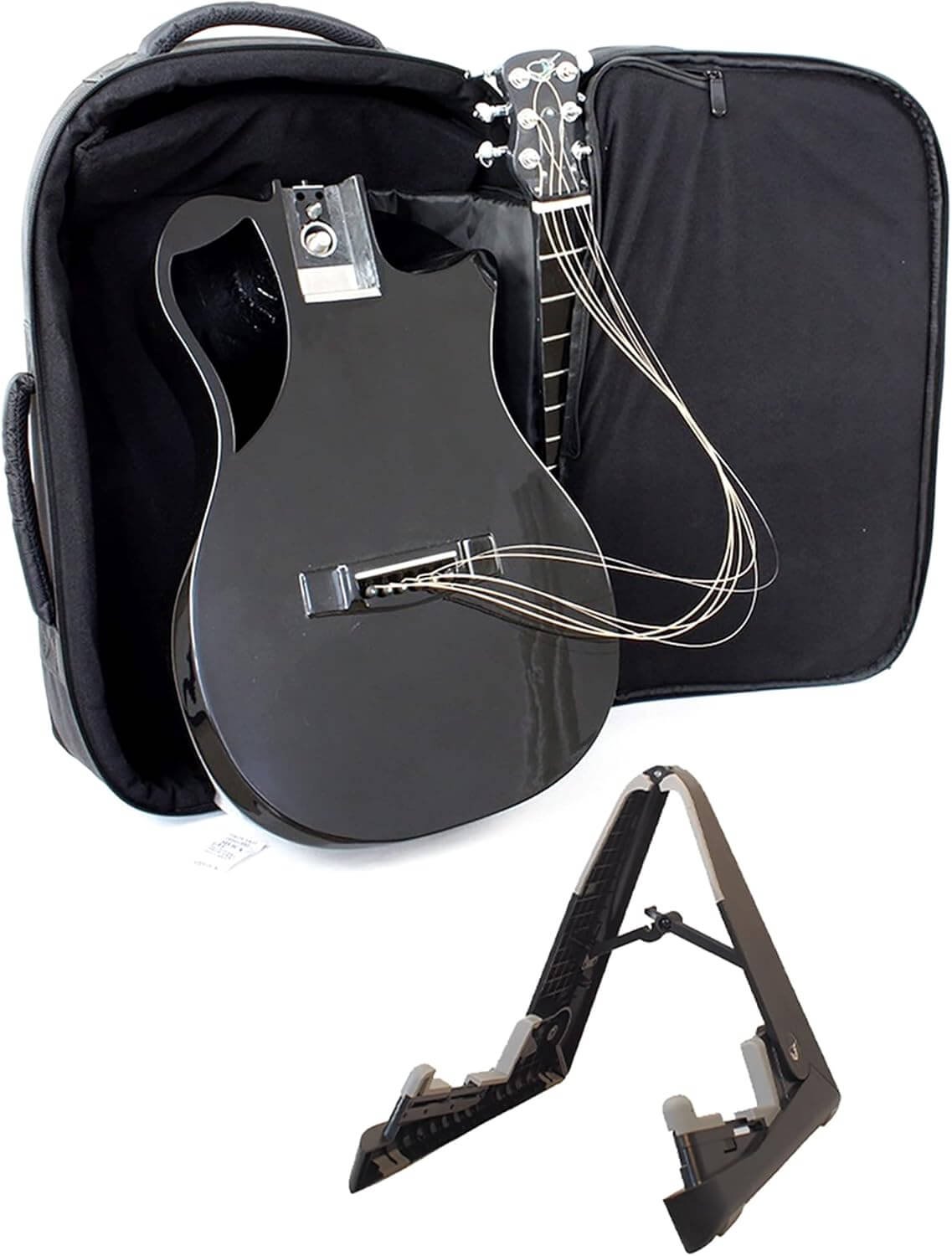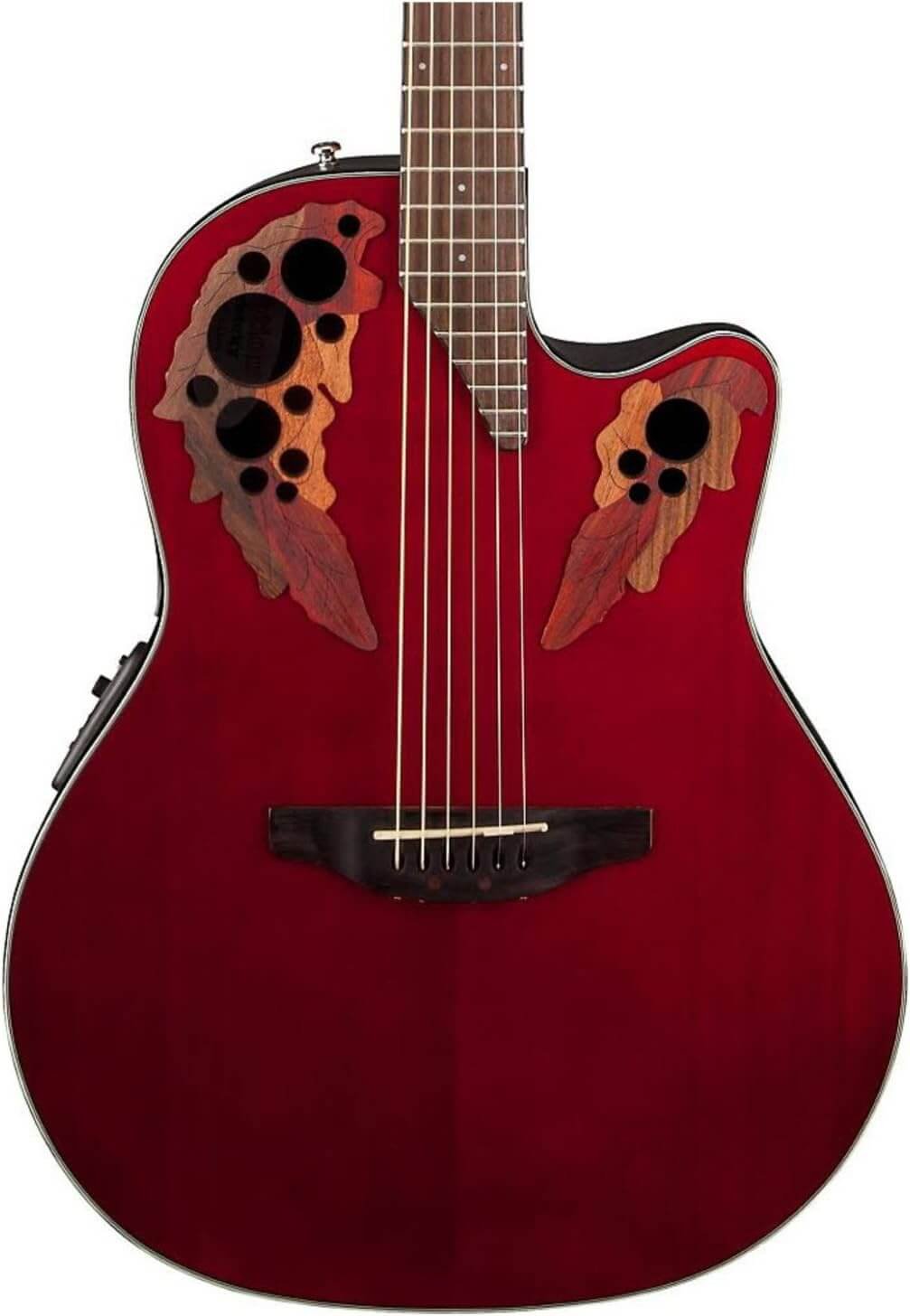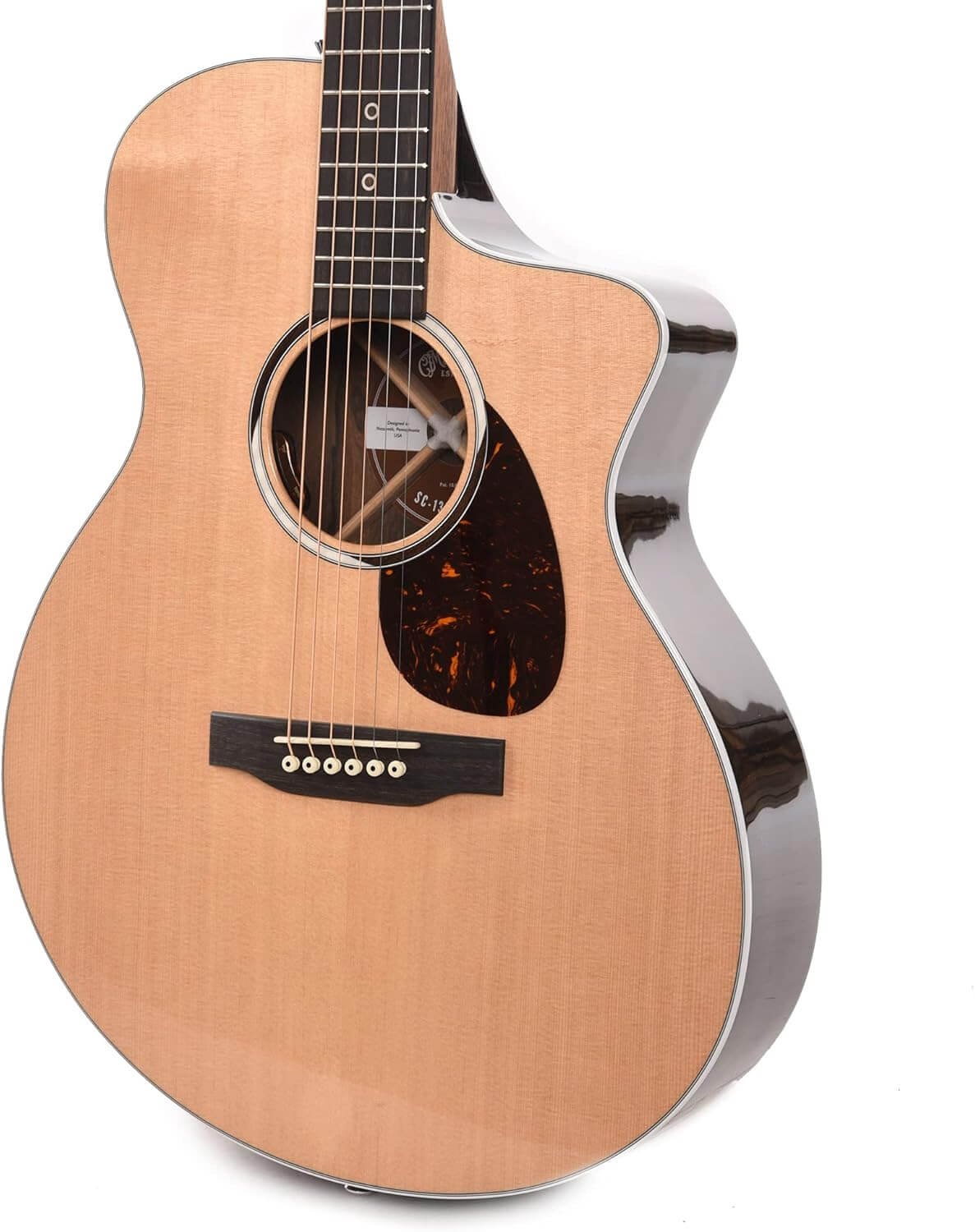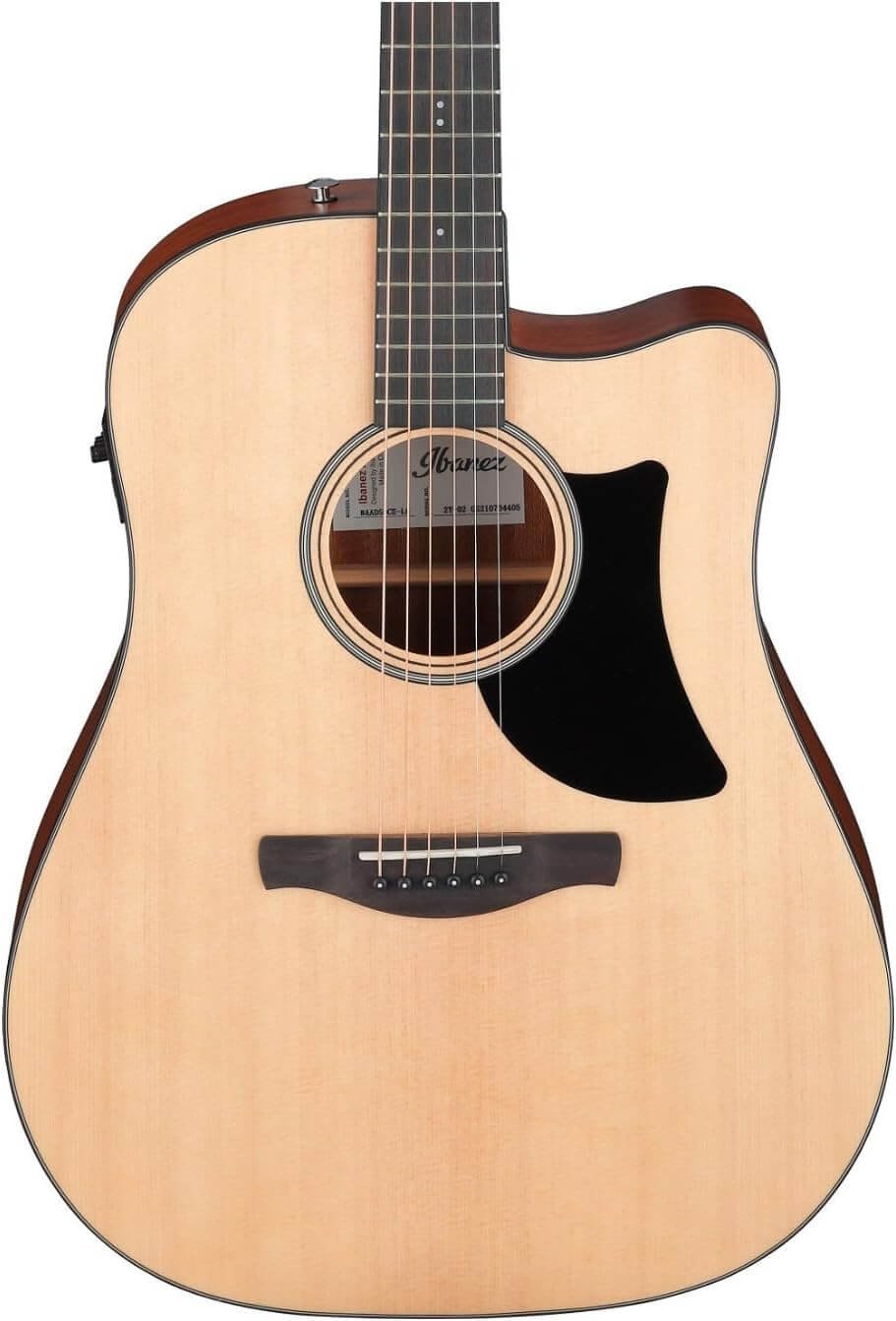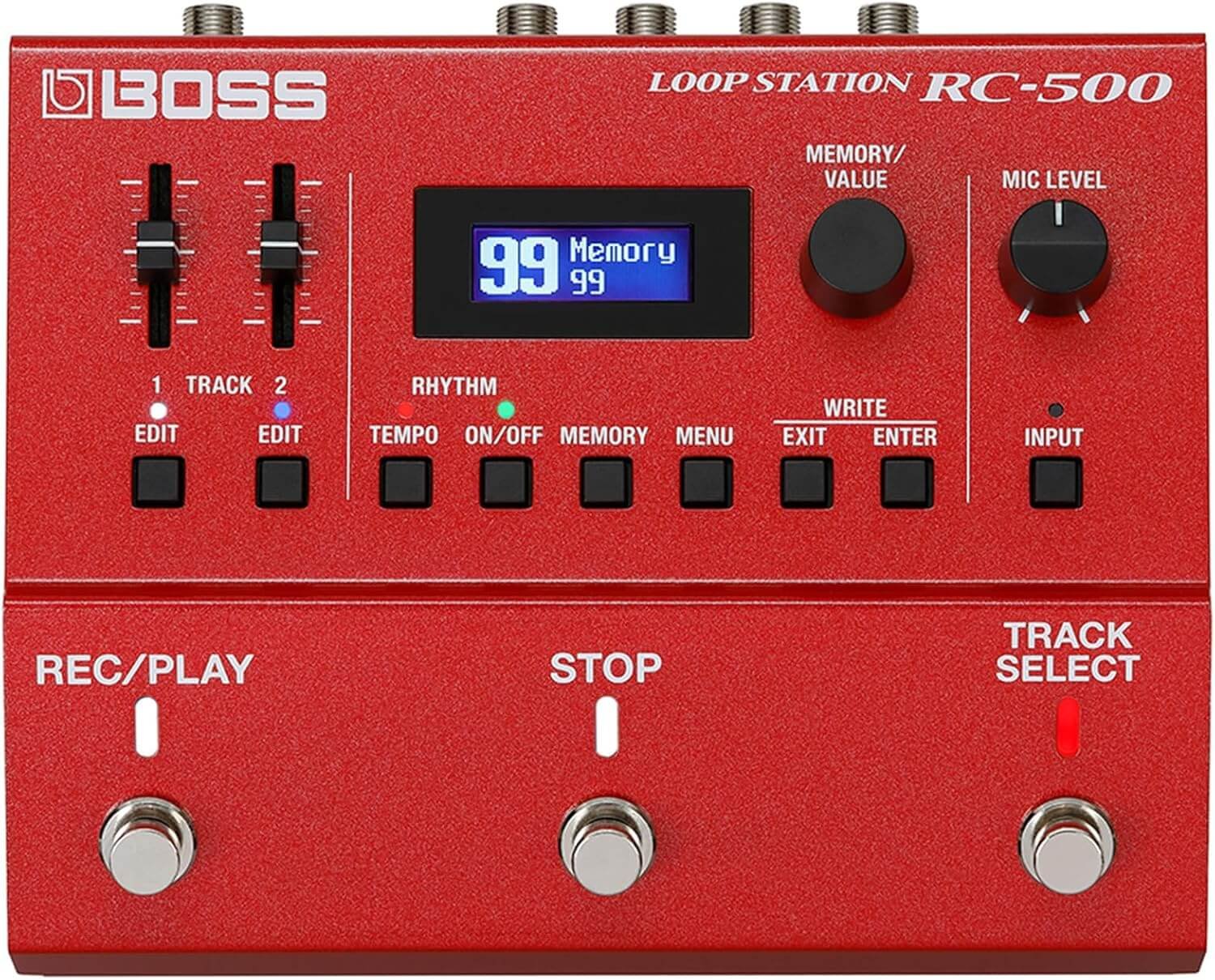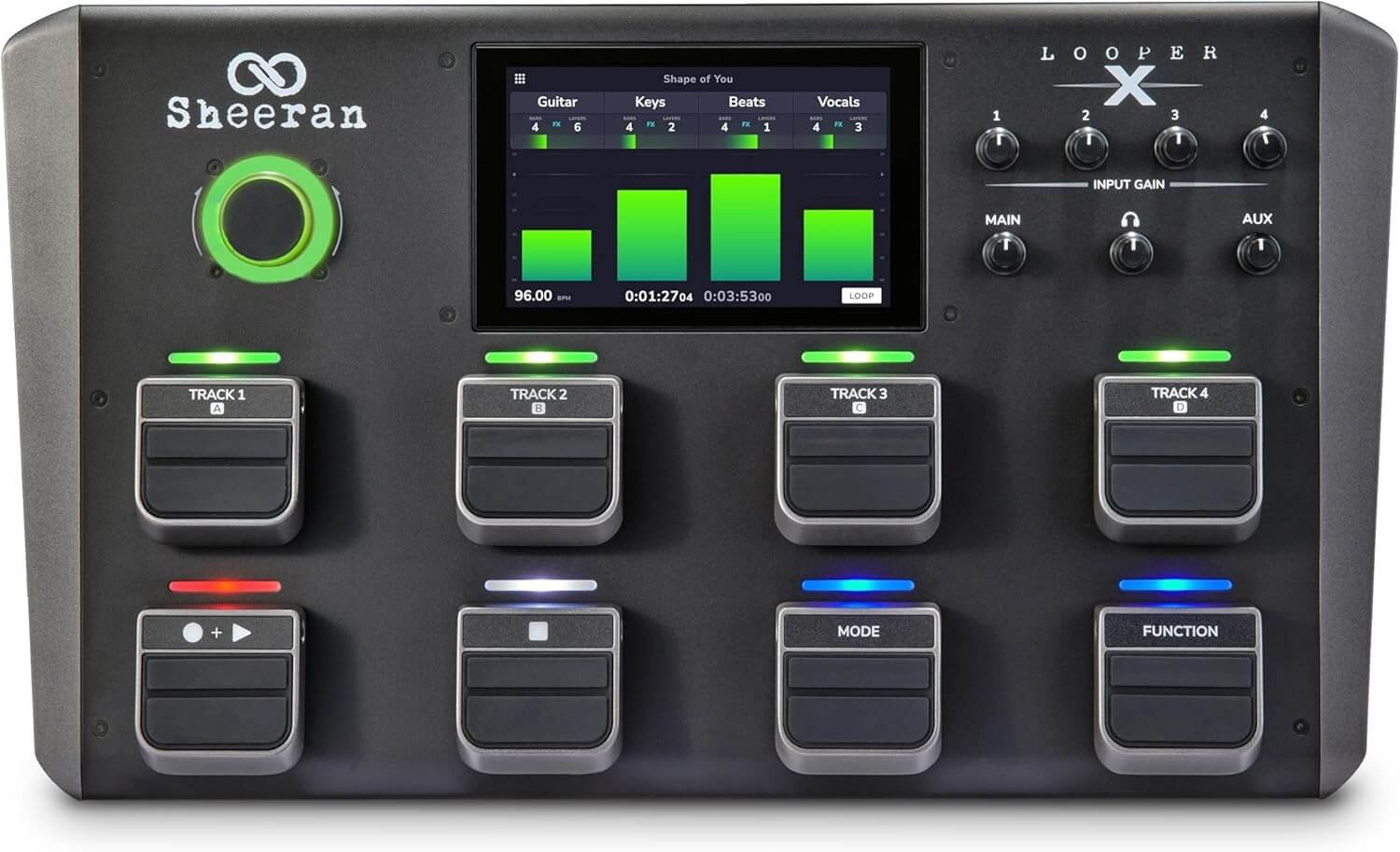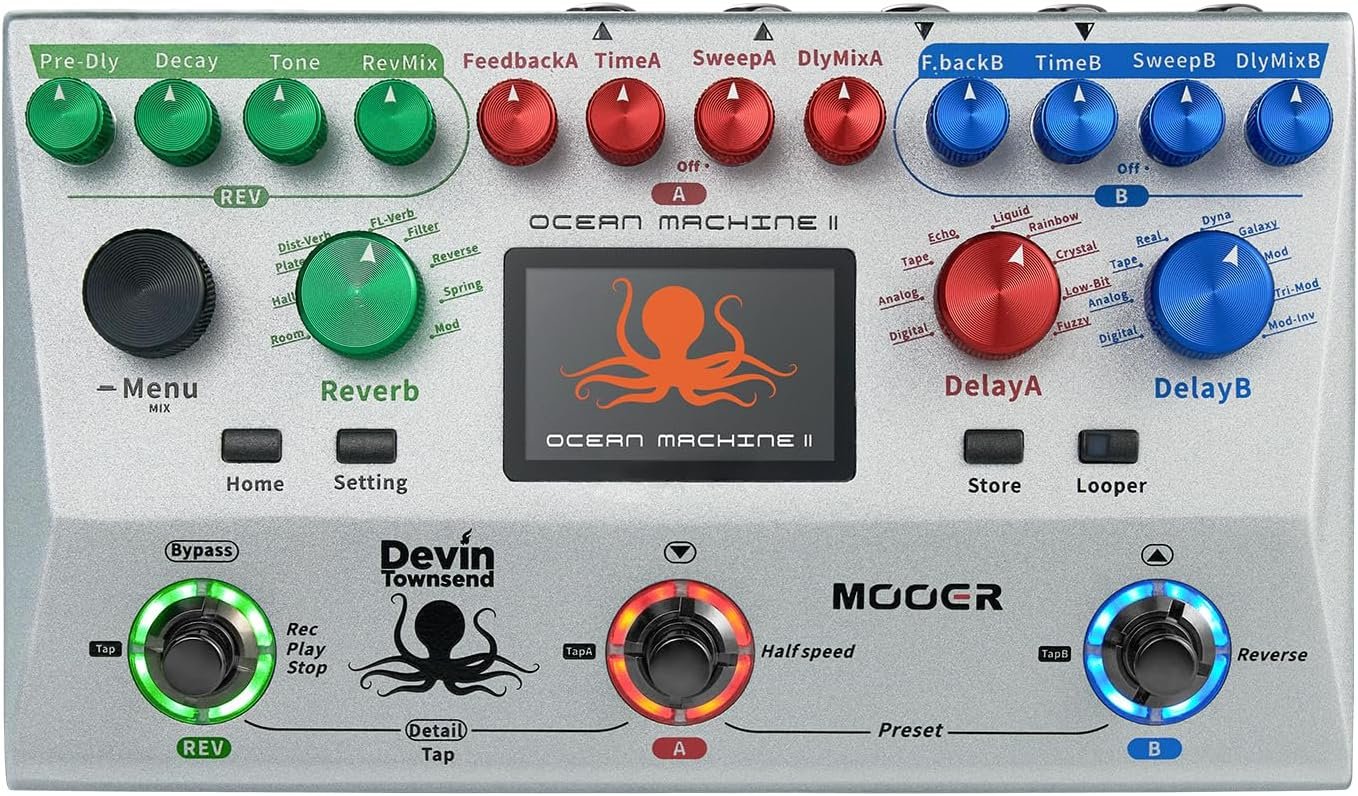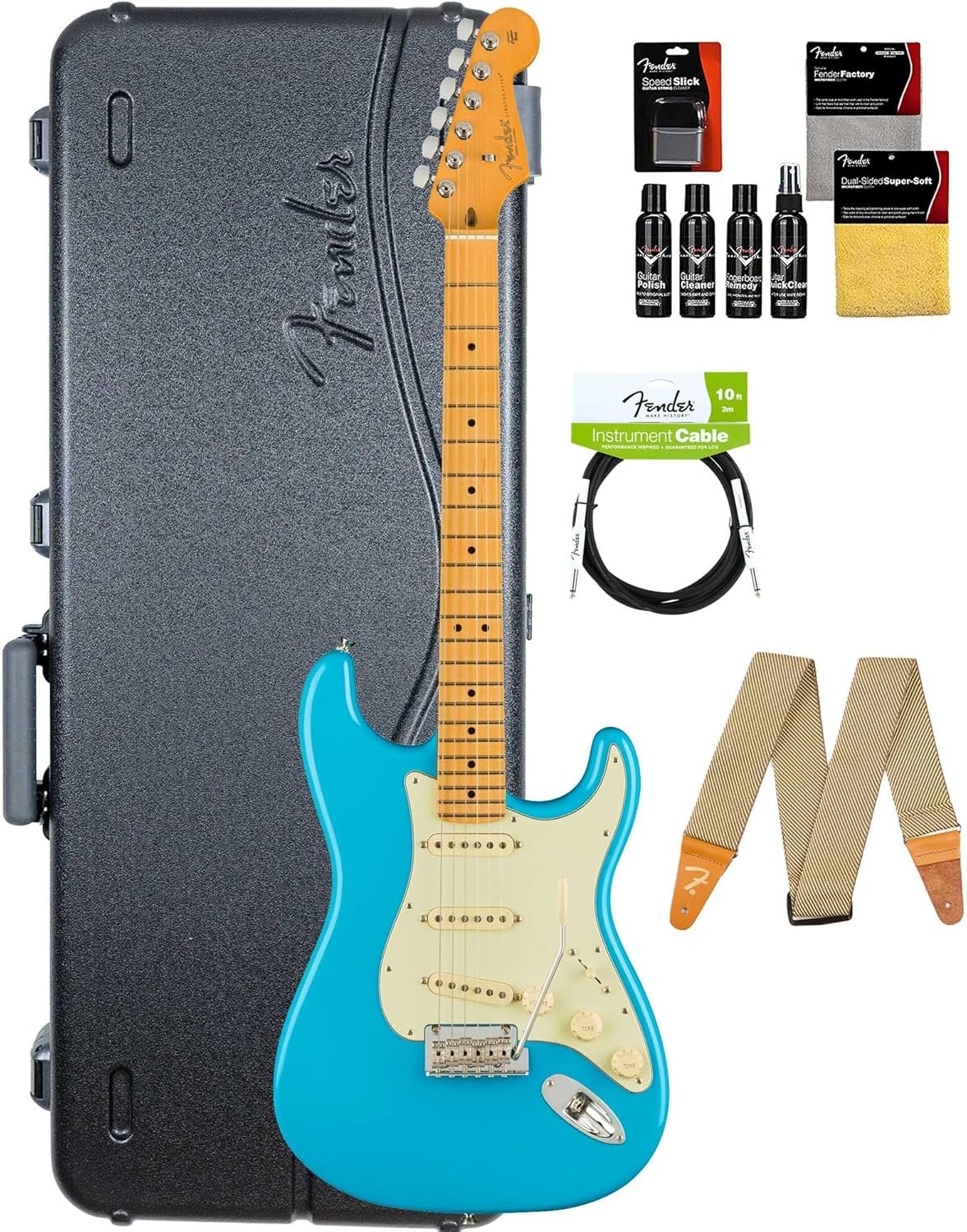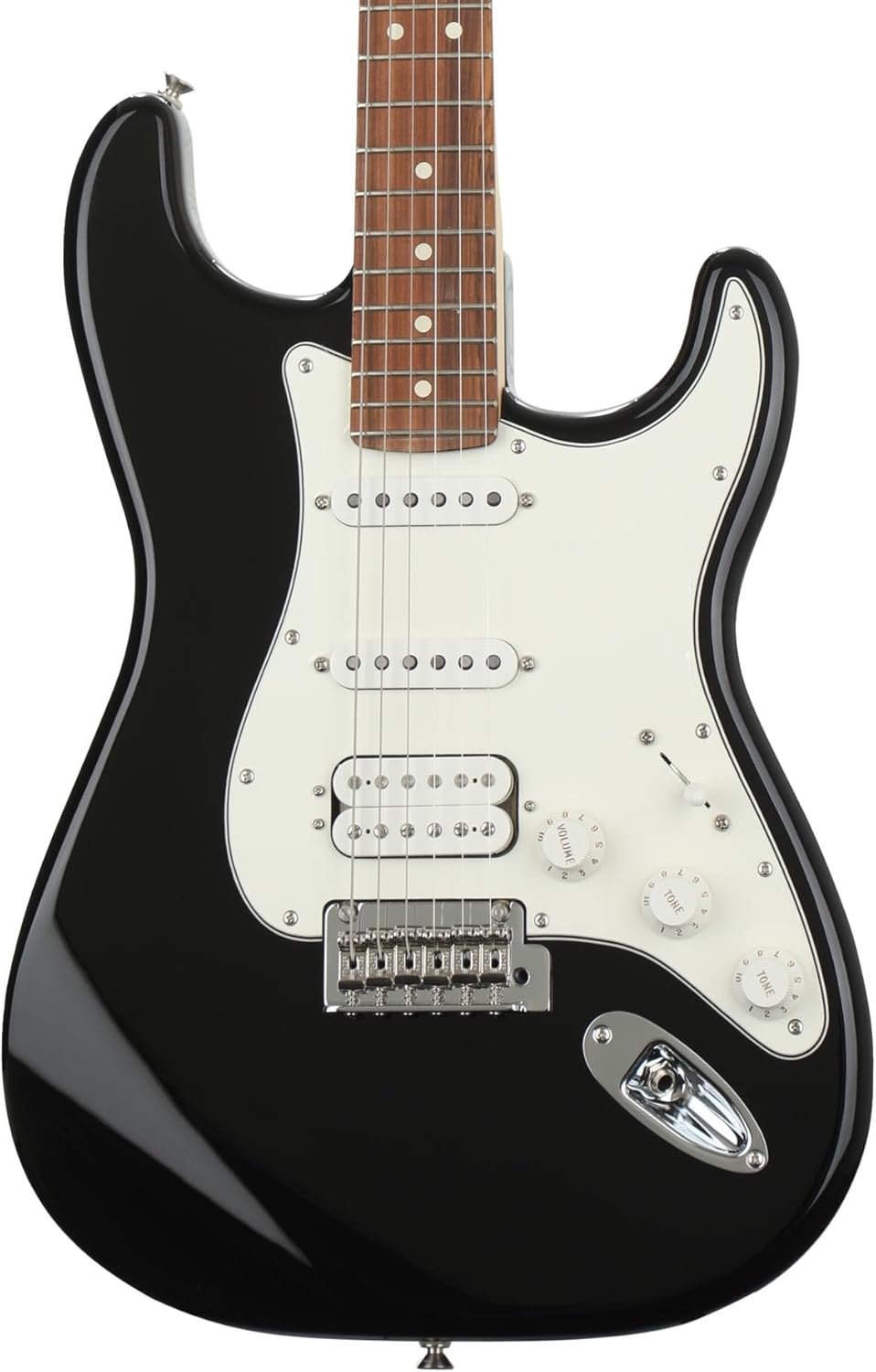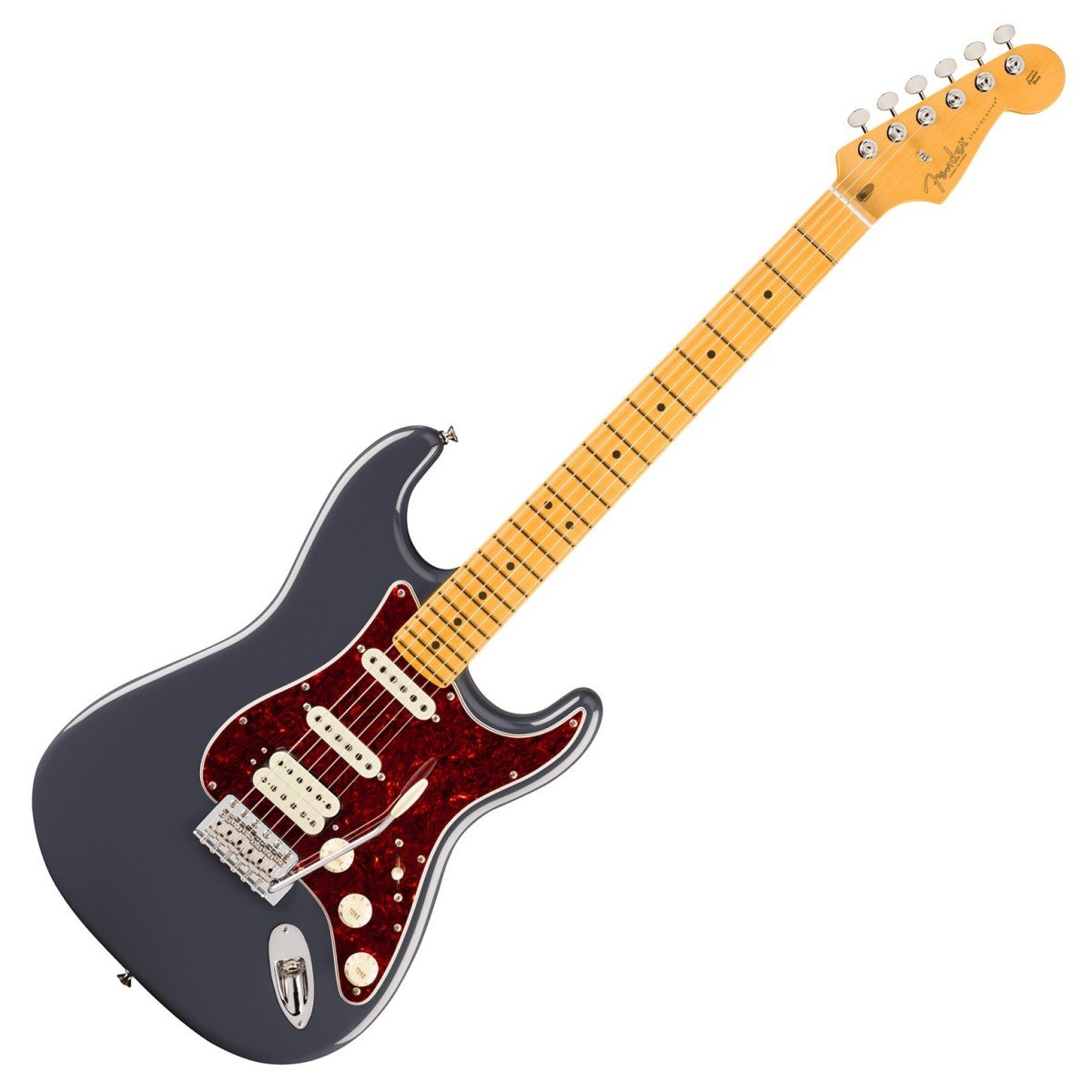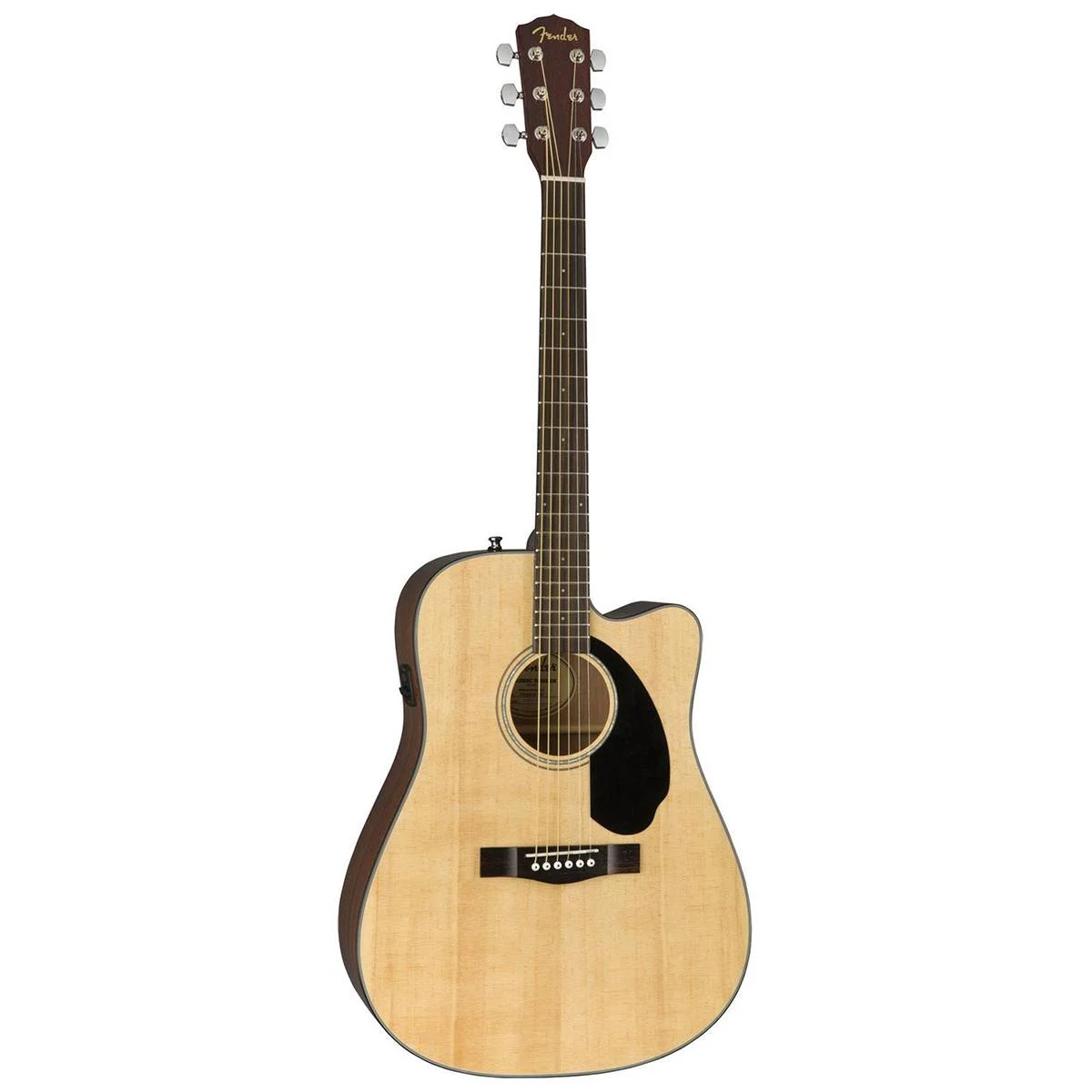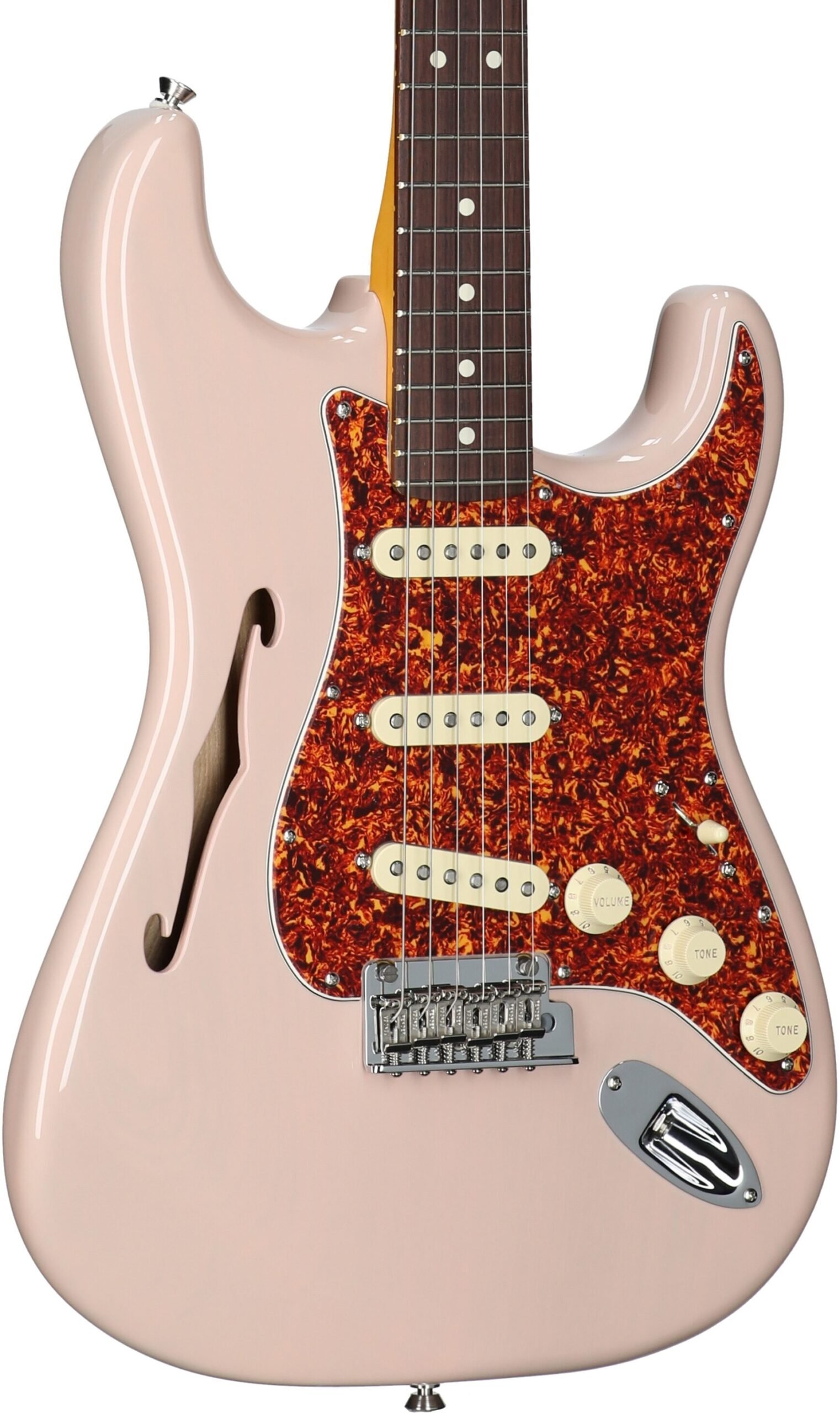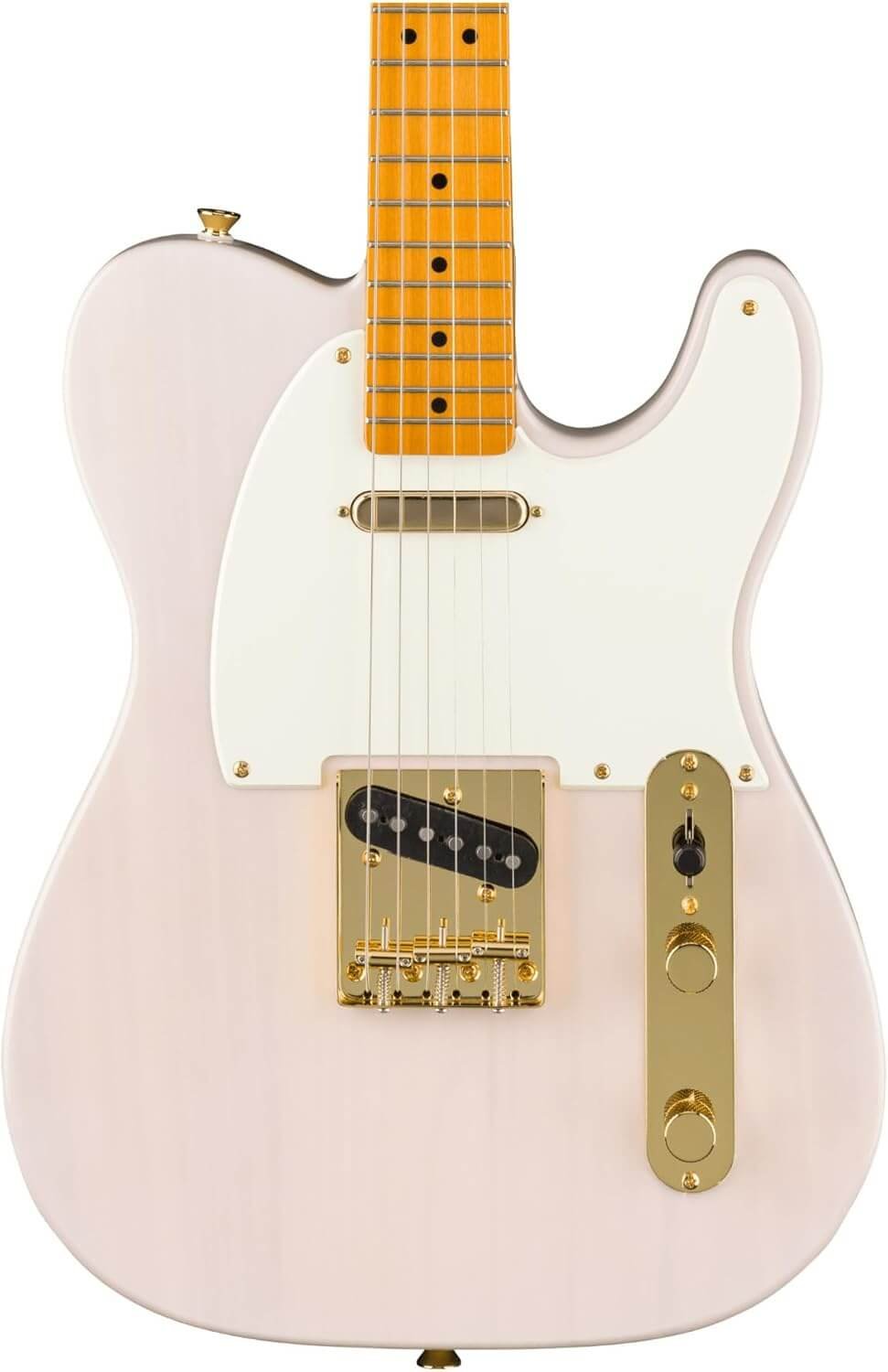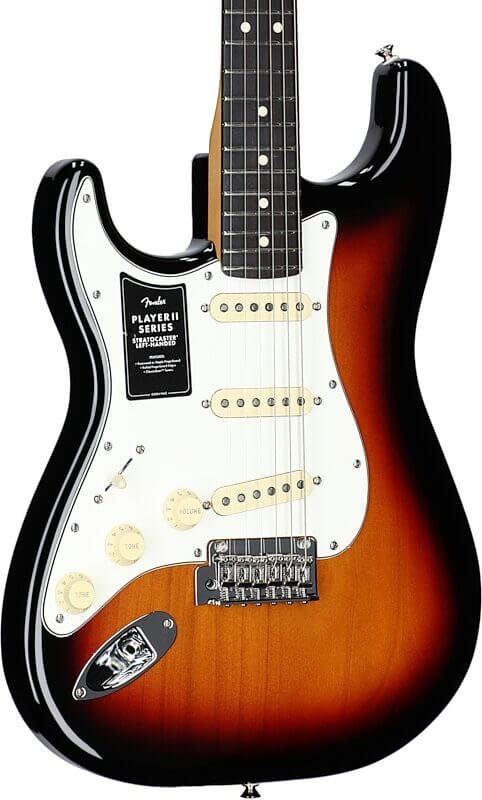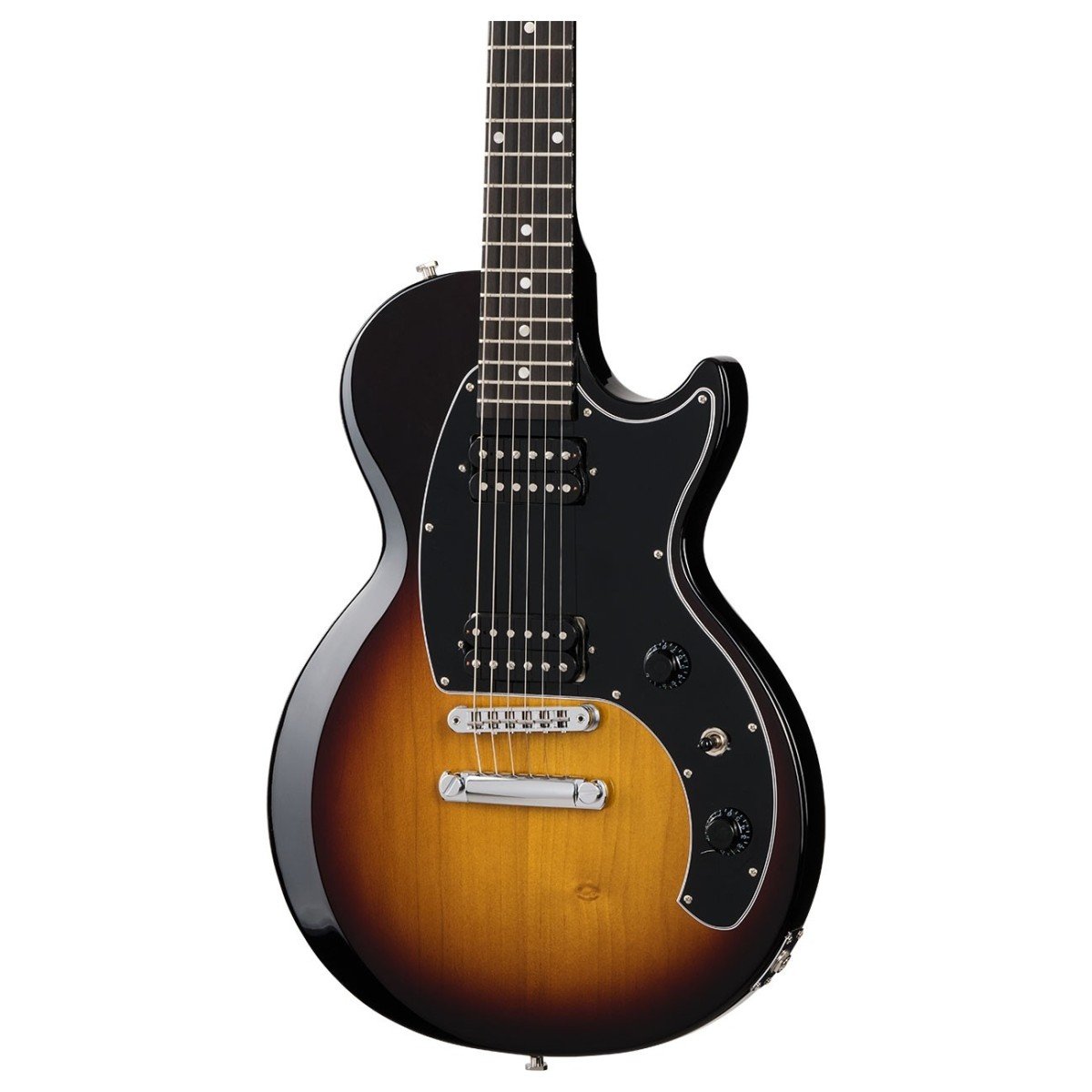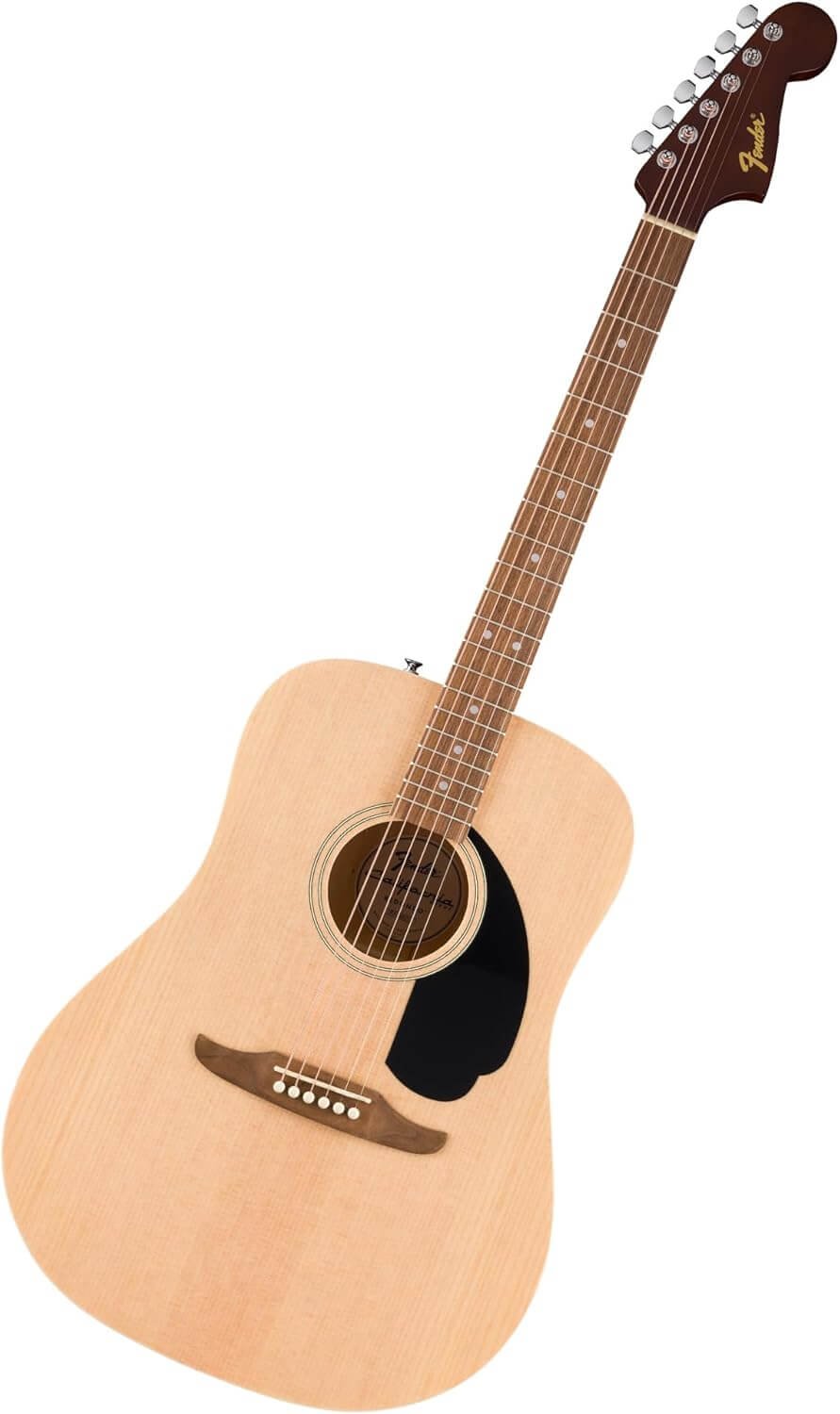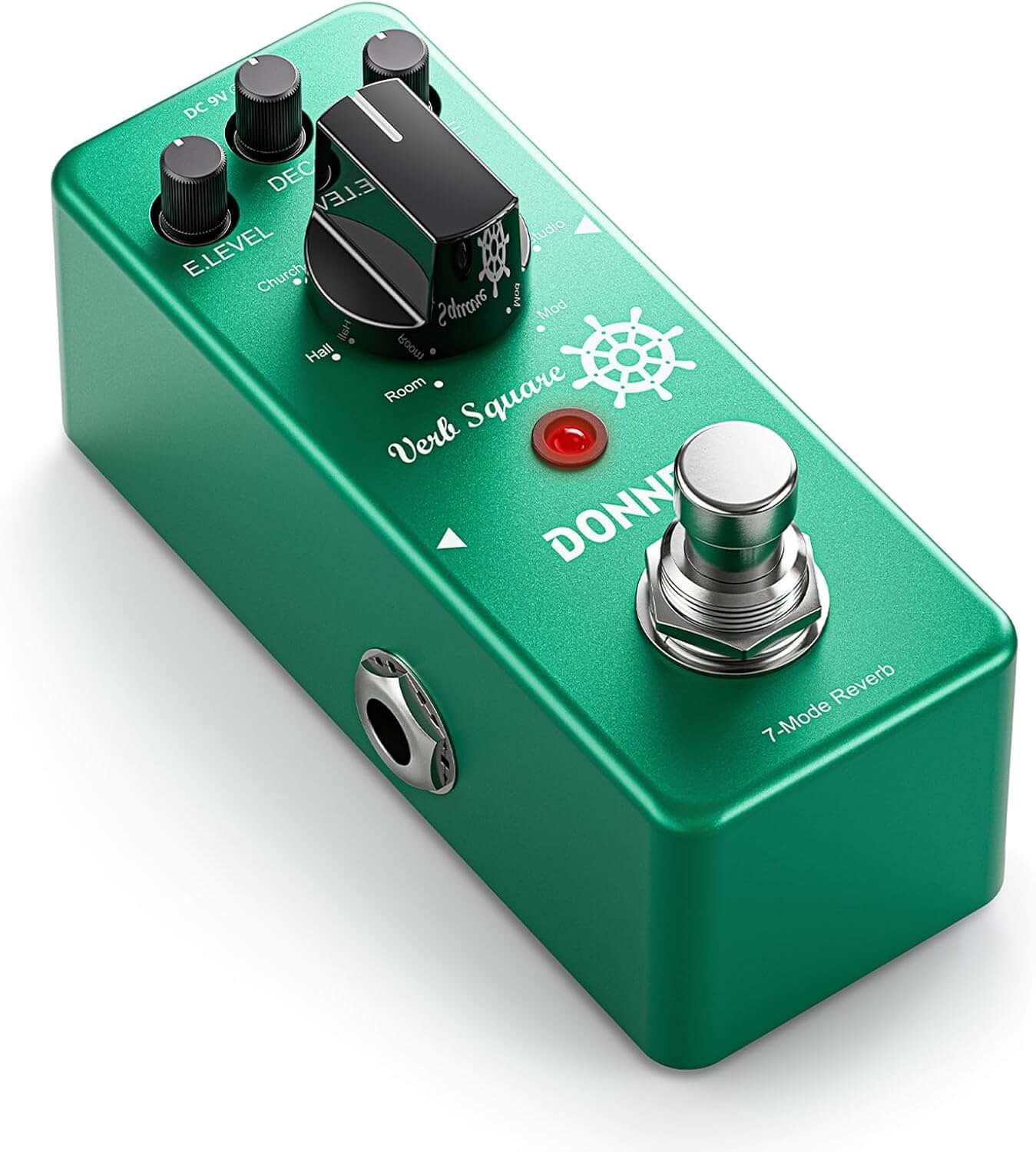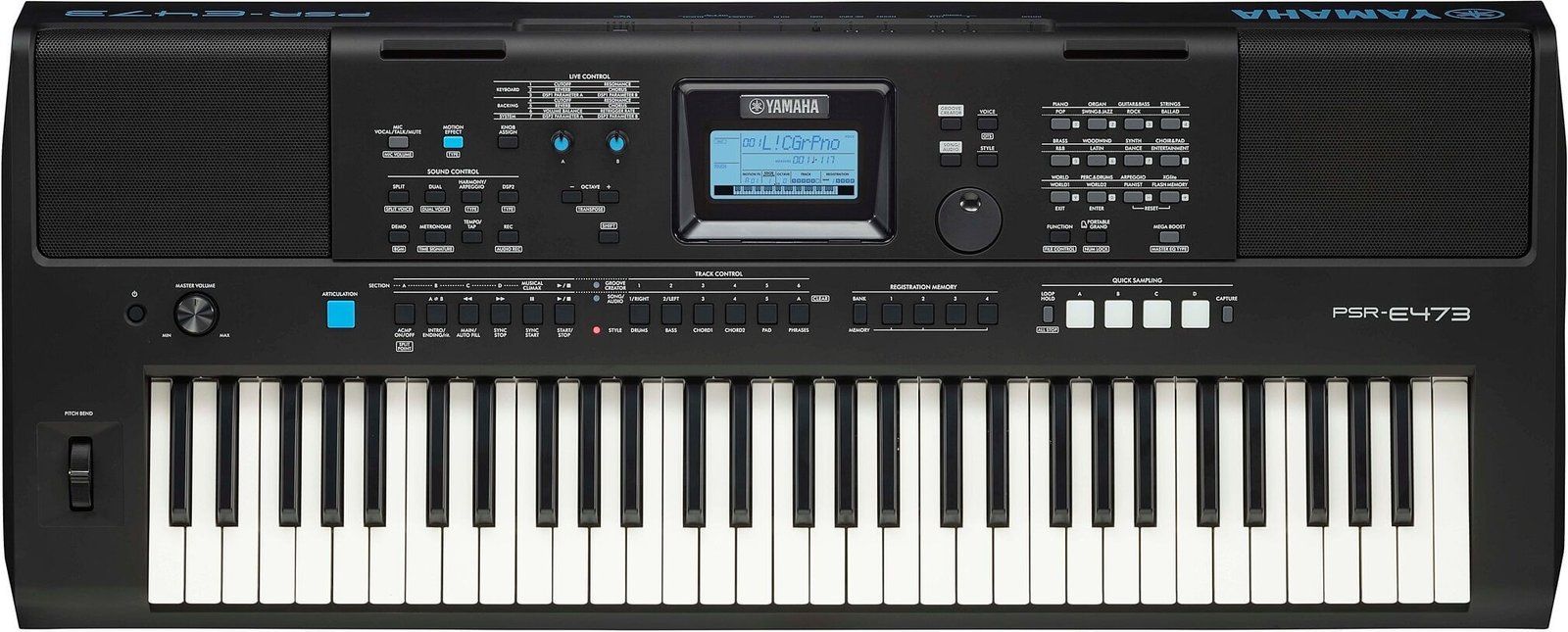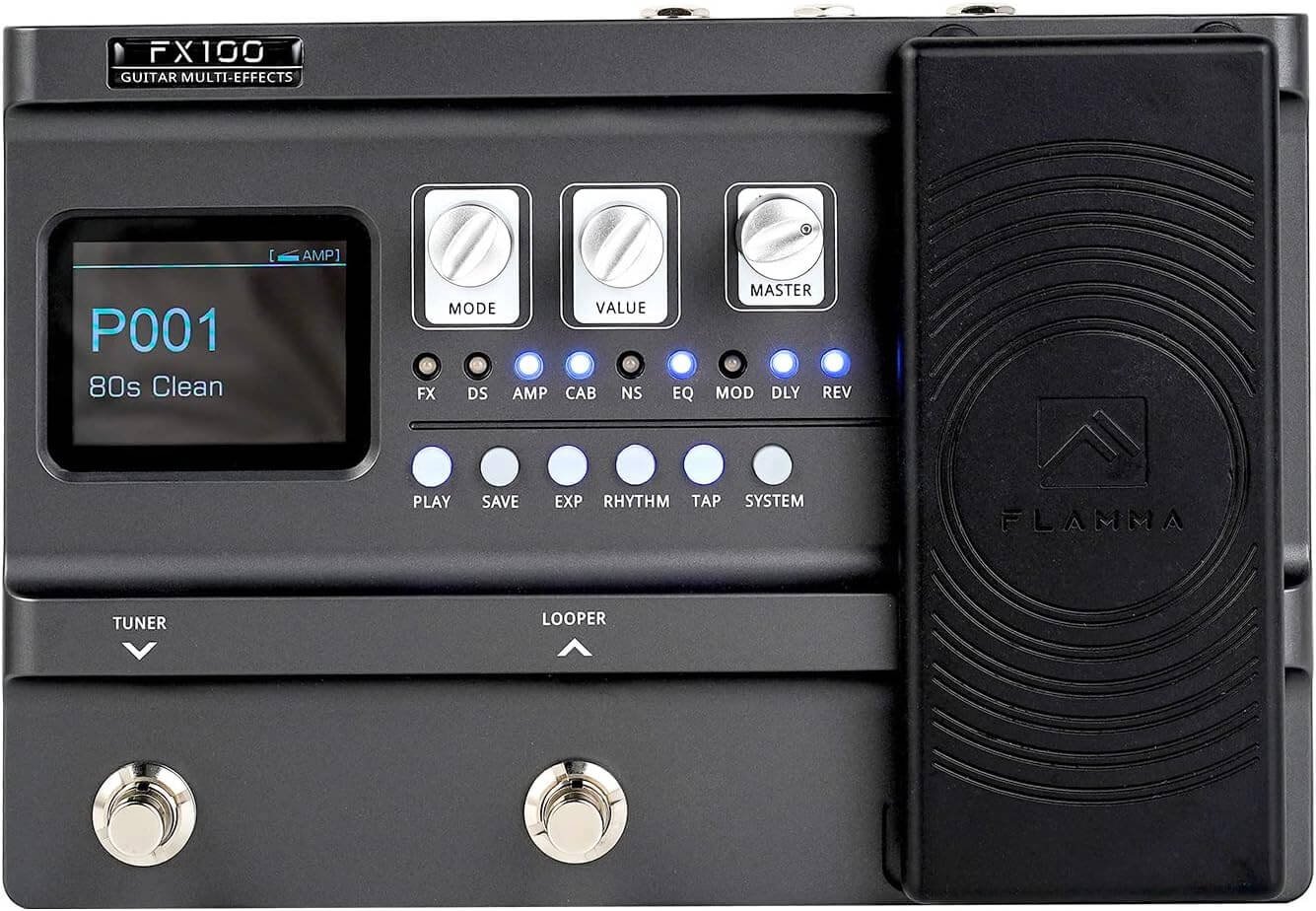Introduction to Left-Handed Tremolo Bridges
For left-handed guitarists, finding the right equipment can often prove to be a challenge, particularly when it comes to integral components of the instrument such as tremolo bridges. A tremolo bridge significantly enhances the versatility and expression of electric guitars, allowing musicians to create a variety of sounds and effects through pitch modulation. However, the tendency for most guitar gear to cater primarily to right-handed players leaves left-handed musicians with limited options.
Left-handed tremolo bridges are specifically designed to address this issue, providing left-handed guitarists with the tools necessary to fully realize their musical potential. These bridges enable smooth pitch bending and vibrato effects, mirroring what right-handed models can accomplish but tailored to suit the needs of left-handed players. With this specialized equipment, they can gain mastery over their instrument without compromise.
The necessity for a left-handed tremolo bridge stems from the unique orientation of left-hand players, who handle the guitar in a manner that is opposite to their right-handed counterparts. Conventional tremolo bridges, designed for right-handed instruments, present challenges that can hinder playability and creativity. Left-handed tremolo bridges counter these deficiencies by offering ergonomic placements that ensure comfort and functionality.
Moreover, the advancements in design and technology have led to left-handed tremolo bridges that not only perform well but also complement the aesthetics of a left-handed electric guitar. Musicians can now enjoy an enhanced playing experience without the feeling of restriction often caused by unsuitable gear. By investing in specialized equipment, left-handed guitarists can elevate their ST style electric guitar experience, allowing them to express their creativity and individuality within the realm of music.
What is a Double Locking Tremolo System?
A double locking tremolo system is a sophisticated mechanism designed to enhance the performance and stability of electric guitars, specifically during vigorous performing and playing scenarios. This system consists of two primary locking mechanisms: one located at the nut, which secures the strings, and another at the bridge, which holds the strings in place as well. This dual-anchoring setup is particularly favorable for players who utilize rapid tremolo effects, ensuring that their instrument maintains precise tuning even under extreme conditions.
The mechanics behind a double locking tremolo system involve locking the strings in position at both ends. When the player engages the tremolo arm, the bridge pivots, allowing for pitch bending and expressive playing styles. Since the strings are locked at both the nut and the bridge, any movement caused by the tremolo action does not affect the tension across the strings, preventing them from slipping out of tune. This feature is especially advantageous for left-handed guitarists who may rely on aggressive whammy bar techniques without the frustration of constantly retuning their instruments.
One of the notable benefits of a double locking system is its ability to maintain tuning stability during intense performances. As left-handed guitarists often experiment with various playing techniques, including dive bombs and flutter effects, this system guarantees that their sound remains consistent and reliable. Moreover, the design minimizes string wear and reduces the chance of breaking strings during dynamic play. Consequently, double locking tremolo systems have become a popular choice for many players seeking a balance between expressive capabilities and ultimate tuning integrity.
Features of the 34mm Stainless Block
The 34mm stainless block is a notable feature of the left-handed special tremolo bridge, specifically designed to enhance the performance and tonal characteristics of ST style electric guitars. One of the primary benefits of this stainless block is its unparalleled durability. Unlike traditional materials, stainless steel is known for its resistance to corrosion and wear, ensuring that the block can withstand the rigors of intense playing and maintain its integrity over time. This durability translates into longevity, making the tremolo bridge a reliable component for left-handed guitarists who demand consistency in their instruments.
In addition to its robust nature, the 34mm stainless block contributes significantly to the overall sound quality of the guitar. The block’s mass and material composition allow for enhanced resonance transfer and sustain. When strings are vibrated, the stainless block helps to efficiently transmit these vibrations throughout the guitar body, resulting in a richer and fuller sound. This can be particularly advantageous for left-handed players, as they often modify their guitars to fit personal preferences; thus, having a high-quality, sound-enhancing tremolo bridge becomes paramount for achieving the desired tonal depth.
Moreover, the design of the 34mm stainless block aids in creating a more stable tuning environment. Its heavier weight reduces the likelihood of tuning drift, especially during aggressive playing or when utilizing the tremolo functionality. Players will appreciate the added confidence that comes from knowing their instrument will remain in tune throughout a performance. Overall, the 34mm stainless block is an integral aspect of the left-handed special tremolo bridge, as it not only boosts the durability and tone of the guitar but also improves the overall playing experience for left-handed musicians.
Compatibility with ST Style Electric Guitars
The left-handed special tremolo bridge is designed to significantly enhance the performance and playability of ST style electric guitars. When selecting a tremolo bridge, it is crucial to consider the compatibility with various models within the ST style category. Many popular electric guitar brands, including Fender, Squier, and PRS, offer models that can seamlessly integrate with the left-handed tremolo bridge, allowing left-handed guitarists to experience advanced features that enhance their musical expression.
Fender’s American and Player series frequently stand out as prime candidates for this upgrade due to their robust build quality and ability to accommodate aftermarket components. Additionally, Squier Stratocasters can also benefit from the installation of a left-handed tremolo bridge, providing an affordable yet effective enhancement to entry-level instruments. Some PRS models, particularly those resembling the classic ST style, may also offer a suitable interface for the left-handed version of this tremolo bridge.
The installation process of the left-handed tremolo bridge on compatible ST style guitars generally involves removing the existing bridge and replacing it with the new component. This requires a few tools, such as a screwdriver and an Allen wrench, to adjust the saddles correctly for optimal string height and intonation. It is recommended that guitarists follow the manufacturer’s instructions for installation or consult a professional technician to ensure a precise fit. Furthermore, maintaining proper setup following installation is essential to guarantee that the guitar performs at its best, providing the intended benefits of increased tuning stability and enhanced playability.
In conclusion, understanding compatibility is vital when selecting a left-handed special tremolo bridge for ST style electric guitars. By focusing on compatible models and ensuring proper installation, guitarists can elevate their playing experience significantly.
The Benefits of Using Quality Materials
The choice of materials in the manufacturing of a tremolo bridge is crucial, particularly for left-handed guitarists seeking to optimize their ST style electric guitars. Among the myriad of materials available, stainless steel stands out for its remarkable durability and performance characteristics. Unlike traditional materials, stainless steel offers enhanced resistance to corrosion and wear, making it an ideal choice for musicians who frequently perform or record.
One significant advantage of using stainless steel in tremolo bridges is its longevity. This material can withstand the test of time, retaining structural integrity even after prolonged exposure to the elements. Many guitarists often overlook the impact of weather variations on their instruments, yet stainless steel bridges remain unaffected by humidity and temperature changes, providing consistent performance. In contrast, materials like zinc or low-grade alloys tend to degrade over time, thereby affecting the overall sound and playability of the instrument.
Furthermore, stainless steel’s ability to maintain tuning stability adds to its appeal. The inherent sturdiness of this material minimizes unwanted vibrations and maintains string tension effectively. Consequently, left-handed guitarists can experience improved sustain and resonance during play, highlighting each note more crisply. Unlike softer metals that can bend or deform under pressure, stainless steel’s rigidity ensures a reliable performance, which is crucial during live shows.
Additionally, quality stainless steel tremolo bridges offer enhanced aesthetic appeal. The sleek, polished finish not only complements the overall look of an ST style electric guitar but also signifies a commitment to high craftsmanship. Investing in a quality tremolo bridge made from stainless steel translates not just to a better playing experience but also to an instrument built for longevity, ultimately elevating the musician’s performance capabilities.
Playing Accessories for Left-Handed Guitarists
For left-handed guitarists looking to enhance their playing experience, the right accessories are essential. Using a left-handed special tremolo bridge can already provide a unique feel and enhance musical expression; however, the proper accessories can further optimize your performance. The market now features various products specifically designed for left-handed players, ensuring comfort and functionality while playing.
One of the most important accessories is the guitar pick. Left-handed guitarists often find that traditional picks can sometimes feel awkward or may not suit their playing style. Fortunately, there are left-handed guitar picks available that are ergonomically designed to accommodate their grip. These picks can be found in various materials and shapes, allowing players to experiment and find what works best for their technique.
Another vital accessory is a quality guitar strap. Left-handed players require straps that can comfortably support their guitars while allowing for ease of movement. Straps designed specifically for left-handed guitarists can provide a balanced feel during play, reducing strain on the neck and shoulders. Additionally, many straps come with adjustable length options, allowing players to customize how their instrument is positioned while standing or sitting.
Furthermore, investing in a guitar stand or wall mount that accommodates left-handed guitars can keep your instrument secure, offering a safe space for storage between practice sessions. There are also left-handed capo options available, providing the flexibility to play in various keys without altering the tuning on a left-handed model.
Lastly, left-handed guitarists may benefit from specialized instruction materials, whether books or online courses, tailored to their orientation. These resources can help in mastering the unique aspects of playing with a left-handed tremolo bridge, making practice more effective and enjoyable. Together, these accessories can dramatically enhance the overall experience for left-handed guitarists, allowing them to play with greater ease and confidence.
Easy Installation and Setup
Installing a left-handed special tremolo bridge on your electric guitar can be an exciting yet daunting task, especially for novice guitarists. However, with the right guidance and tools, you can achieve a smooth setup and elevate your instrument to a new level of performance. Below, we outline a step-by-step process that simplifies the installation of this essential guitar component.
First, gather the necessary tools: a Phillips screwdriver, Allen wrenches (if applicable), and a tuner. Before proceeding, ensure you have a suitable left-handed tremolo bridge designed specifically for your guitar model. It’s important to work on a stable surface and set your guitar securely, preferably on a workbench.
Begin by removing the existing bridge, if there is one. This involves unscrewing the bridge screws carefully, being cautious not to damage the finish of the guitar. After the disassembly, clean the area where the new tremolo bridge will be installed. A clean surface facilitates better adherence.
Next, position the left-handed special tremolo bridge on the designated location. Check the aligning holes to ensure it matches the strings. Use the provided screws to secure the tremolo in place, tightening them until snug but avoiding overtightening, which may warp the bridge.
Once the bridge is attached, it’s time to install the strings. Ensure they are threaded correctly through the bridge and then tune each string to its appropriate pitch. This step is crucial, as proper tuning affects the overall functionality of the tremolo system.
Finally, test the tremolo movement. A properly installed left-handed tremolo bridge should provide smooth operation, enhancing your guitar’s playability. If you encounter any issues, consider reviewing your installation steps or consulting with experienced guitar technicians for further assistance.
Maintenance Tips for Longevity
To ensure that your left-handed special tremolo bridge continues to function optimally and lasts for many years, it is essential to adhere to a regular maintenance routine. Proper care will not only enhance the performance of your ST style electric guitar but also preserve the integrity of the tremolo bridge over time.
First and foremost, regular cleaning is crucial. Dust and grime can accumulate on the bridge, affecting its performance and longevity. It is advisable to wipe down the tremolo bridge with a soft, dry cloth after every use. For more thorough cleaning, you may use a slightly damp cloth with a mild soap solution, being careful not to allow any moisture to enter the internal components of the guitar. Avoid using harsh chemicals or abrasive materials, as these can cause damage to the finish of your instrument and the bridge itself.
Additionally, periodic checks of the various components of the tremolo bridge are essential. Inspect the bridge saddles, springs, and any pivot points for wear and tear. Look for any signs of corrosion or rust, which can develop over time, especially if the guitar is frequently exposed to humidity or moisture. If any parts appear worn, consider replacing them promptly to maintain the overall functionality of the tremolo system.
Furthermore, always ensure that the bridge is properly adjusted to the desired height and action. Regularly re-tuning your guitar can also help to keep the tremolo bridge performing at its best. Lastly, consider lubricating the pivot points and saddles with a suitable lubricant to reduce friction, allowing for smoother operation when using the tremolo arm.
By following these maintenance tips, you can prolong the life of your left-handed special tremolo bridge, ensuring that your ST style electric guitar maintains excellent playability and performance for years to come.
Conclusion
In the world of electric guitars, particularly those designed for left-handed players, the upgrade to a left-handed special tremolo bridge can make a significant difference in performance and playability. The double locking system inherent in these tremolo bridges offers unparalleled tuning stability, which is essential for musicians who frequently use whammy bars or employ intricate bending techniques. Left-handed guitarists often face limitations in available gear, making it even more critical to enhance their instruments with high-quality components that cater to their specific needs.
One of the most compelling advantages of adopting a left-handed special tremolo bridge is the ease of customization it provides. Musicians can easily achieve a wide range of tones and effects, thanks to the precision and responsiveness of the bridge. Whether it’s achieving a smooth dive bomb or subtle vibrato, the upgraded system allows for seamless transitions, encouraging creativity in playing styles. This kind of adaptability is vital for left-handed guitarists who wish to explore various genres and techniques.
Moreover, the construction quality of a dedicated left-handed tremolo bridge plays a vital role in enhancing the overall longevity of the guitar. These bridges are often made from durable materials designed to endure the rigors of professional performance and recording, ensuring that the player can rely on their instrument under any circumstance. By opting for a special tremolo bridge, left-handed guitarists can feel confident that they are not just investing in an accessory but rather in a significant upgrade that will enhance their playing experience.
In summary, for left-handed guitarists seeking to elevate their ST-style electric guitar experience, upgrading to a left-handed special tremolo bridge is a wise decision that leads to improved performance, greater versatility, and increased durability. Such an enhancement will ultimately empower musicians to explore their creativity to its fullest potential.

